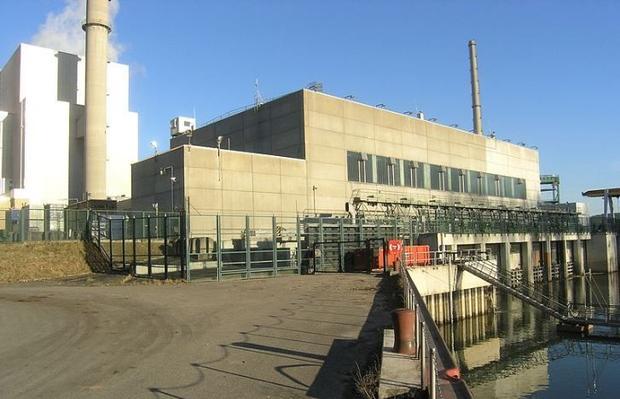Switching to renewable energy sources and away from fossil fuels is saving the environment in more ways than one. An unintended, but most welcome, outcome is a grand conservation of the nation's water supply. This informative article from Digital Journal reveals the good karma created when we take action to protect Mother Nature.
The ongoing transition from coal to natural gas and renewables in the U.S. electricity sector is dramatically reducing the industry’s water use, a new Duke University study finds.
"While most attention has been focused on the climate and air quality benefits of switching from coal, this new study shows that the transition to natural gas – and even more so, to renewable energy sources – has resulted in saving billions of gallons of water," said Avner Vengosh, professor of geochemistry and water quality at Duke's Nicholas School of the Environment.
And these savings in both water consumption and water withdrawal have come about despite the increased water use in fracking and shale gas production, according to the study published in the open-access journal Environmental Research Letters in October.
"For every megawatt of electricity produced using natural gas instead of coal, the amount of water withdrawn from local rivers and groundwater is reduced by 10,500 gallons, the equivalent of a 100-day water supply for a typical American household," said Andrew Kondash, a postdoctoral researcher at Duke, who led the study as part of his doctoral dissertation under Vengosh.
For example, water consumption – the amount of water used by a power plant and not returned to the environment – dropped by 260 gallons per megawatt.
According to the research team, if the rate of shale production continues to rise and coal continues to decline over the next 10 years, the U.S. would see an annual water savings of about 12,250 billion gallons – that's 260 percent of current annual U.S. industrial water use.
The bottom line is this – LNG-fueled power plants use much less water in general than coal-fired plants. Changing over to LNG or renewables will garner substantial savings. This is because 40 percent of all water use in the United States currently goes to cooling thermoelectric plants, Vengosh noted.
"The amount of water used for cooling thermoelectric plants eclipses all its other uses in the electricity sector, including for coal mining, coal washing, ore, and gas transportation, drilling, and fracking," he said.
Of course, taking it one step further, Vengosh says that switching over to wind and solar energy would reduce water consumption even further. "Switching to solar or wind energy would eliminate much of the water withdrawals and water consumption for electricity generation in the U.S.," Vengosh said.
This article was from Digital Journal and was legally licensed through the NewsCred publisher network. Please direct all licensing questions to legal@newscred.com.




